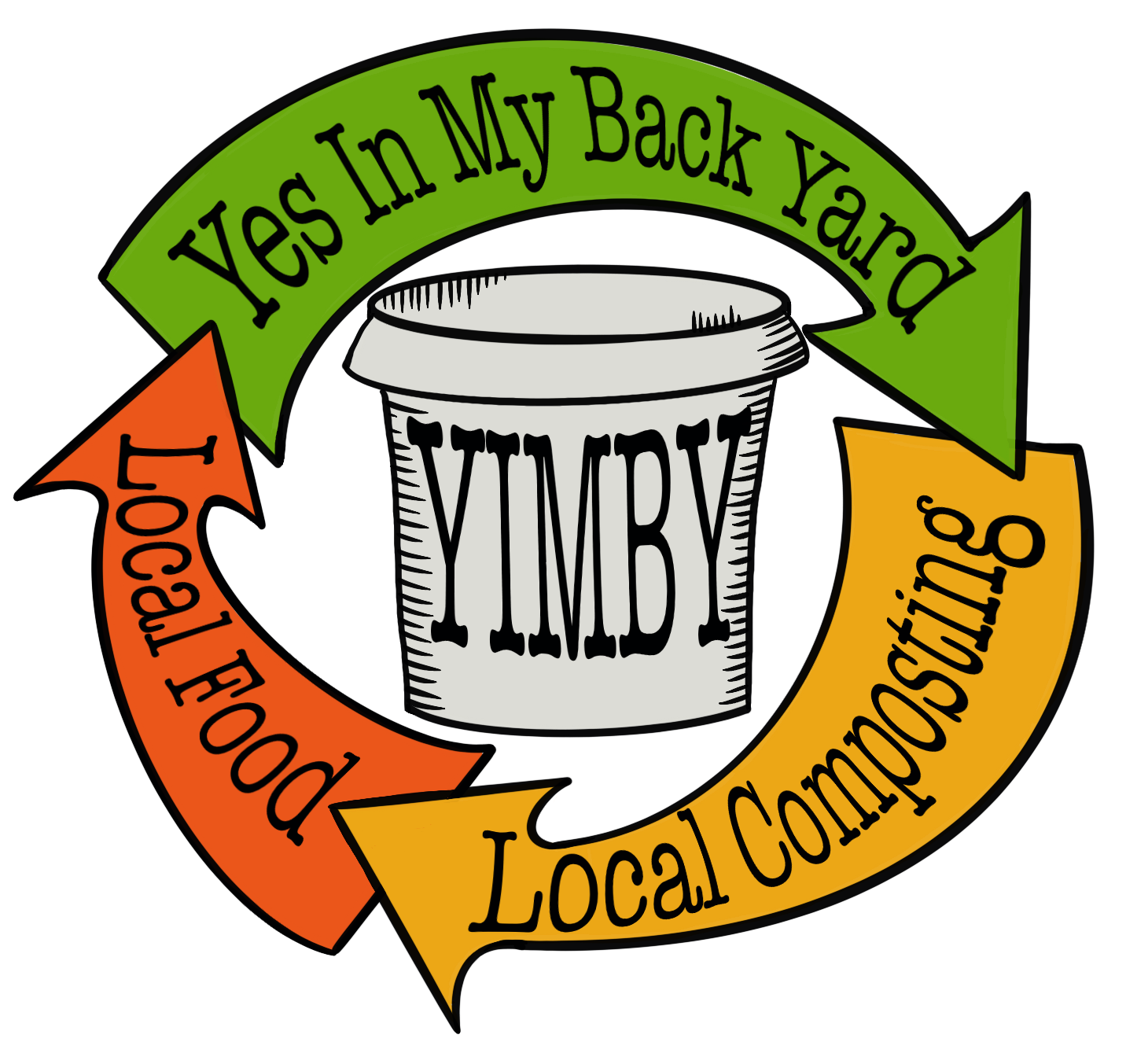One bin good, two bins better
Managing the outputs of a cool compost bin can get complicated, particularly if we only have one bin, where we can find ourselves with finished compost in the bottom and fresh food scraps at the top.
Cool composting is so much easier if we have two bins that can rotate functions, an active one for adding fresh material to, the other for curing our compost in.
For a few months we focus all our compost building attention on one bin, (remembering to blend up a great mix of balanced ingredients – of course). We don't have to fill that first bin to the top, but close to full is good, leaving a bit of ‘headroom’ for aeration. Adding a healthy capping of carbon-rich material (straw or autumn leaves) will help with insulation.
Once our second bin is near full, time to check if the curing is done in the first bin. There shouldn’t be any recognisable food left and worm numbers should have peaked and then started to fall, though there could still be a fair bit of wriggly action in there.
If we have put rodent mesh over the bottom of the bin (which we highly recommend), we’ll need to unfold that mesh from the bottom lip (not the easiest job to do) and lift the bin off the finished compost. We should now have a rich mound of cured compost ready for the garden.
Even if there are worms remaining in the cured compost, they should be fine in the garden and will find their way to where they need to be, but if you'd prefer to ‘rescue’ the worms from the cured compost (to add back into the active bin), try some gentle persuasion.
Worms don't like being in the sunlight, so over a few hours on a sunny day scrape the top 5 cm or so layer off our finished compost mound, leaving the pile for a while so the remaining worms can head down out of the sunlight. Continue working down in 5 cm increments to the bottom of the pile, the remaining worms will be concentrated down there. We can then scoop up that worm-heavy layer and transfer it to our active compost bin.
I have done this process in the past, but I am now confident the worms are fine in the garden and will find their way to where they are happiest, probably back in the active compost bin via the soil!
After that it is just a case of putting the rodent mesh back on the bottom lip and keeping track of which bin is the active one that we are feeding, and which bin is in its curing phase.
AUTHOR: JOEL MEADOWS
Joel Meadows works with *Yes In My Back Yard, (YIMBY), a community-scale composting initiative in Castlemaine and surrounds. Send questions or comments to hello@yimbycompost.com or to book in for a compost workshop!
This was first published in the Midland Express on 17 September 2024
